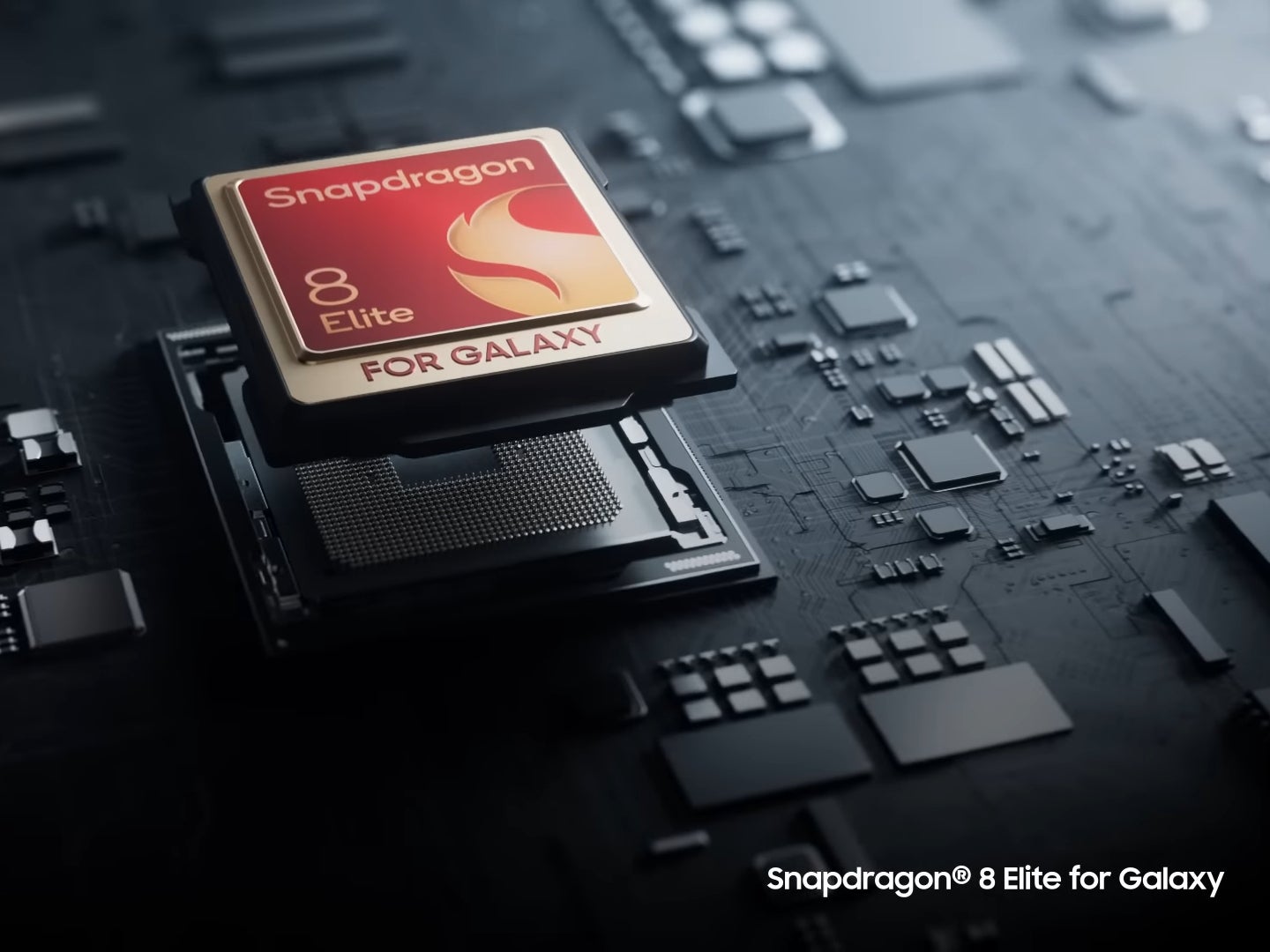Samsung rethinks strategy, may turn to chinese suppliers for OLED materials
News
Jun 16, 2025

Samsung has long avoided sourcing materials for its OLED displays from Chinese suppliers, but shifting market conditions are forcing a change. According to a translated source, the company is now considering using Chinese material providers for future products, including upcoming Galaxy smartphones.
The main driver behind this decision is cost control. With rising production expenses, smartphone makers are struggling to maintain current price levels. The challenge isn’t just supply chain instability or tariff uncertainty - it’s also the increasing cost of advanced technology. Both the Galaxy S26 and iPhone 18 series, expected in 2026, will rely on 2nm chips. Apple’s A20 chip will use TSMC’s 2nm process, while Samsung hopes to debut its in-house Exynos 2600. If development falls short, Samsung will likely switch to Qualcomm’s 3nm Snapdragon 8 Elite 2, also manufactured by TSMC.
The move to 2nm will drive up production costs. Qualcomm is reportedly planning two Snapdragon variants, echoing Apple’s strategy of offering base and Pro chips. With Apple already eyeing a price hike for the iPhone 17, Samsung is exploring ways to avoid doing the same. One option on the table: cheaper organic materials from Chinese suppliers for use in OLED displays - a key component in Samsung’s phones and TVs.
Historically, Samsung has been reluctant to work with Chinese vendors due to concerns about sharing product roadmaps. But the company now faces a tough choice: either raise prices or adapt. Perfecting its Exynos chips could also help Samsung reduce reliance on third parties. Both Apple and Samsung are moving away from Qualcomm, driven by the same goal - cutting what they see as unnecessary costs.






